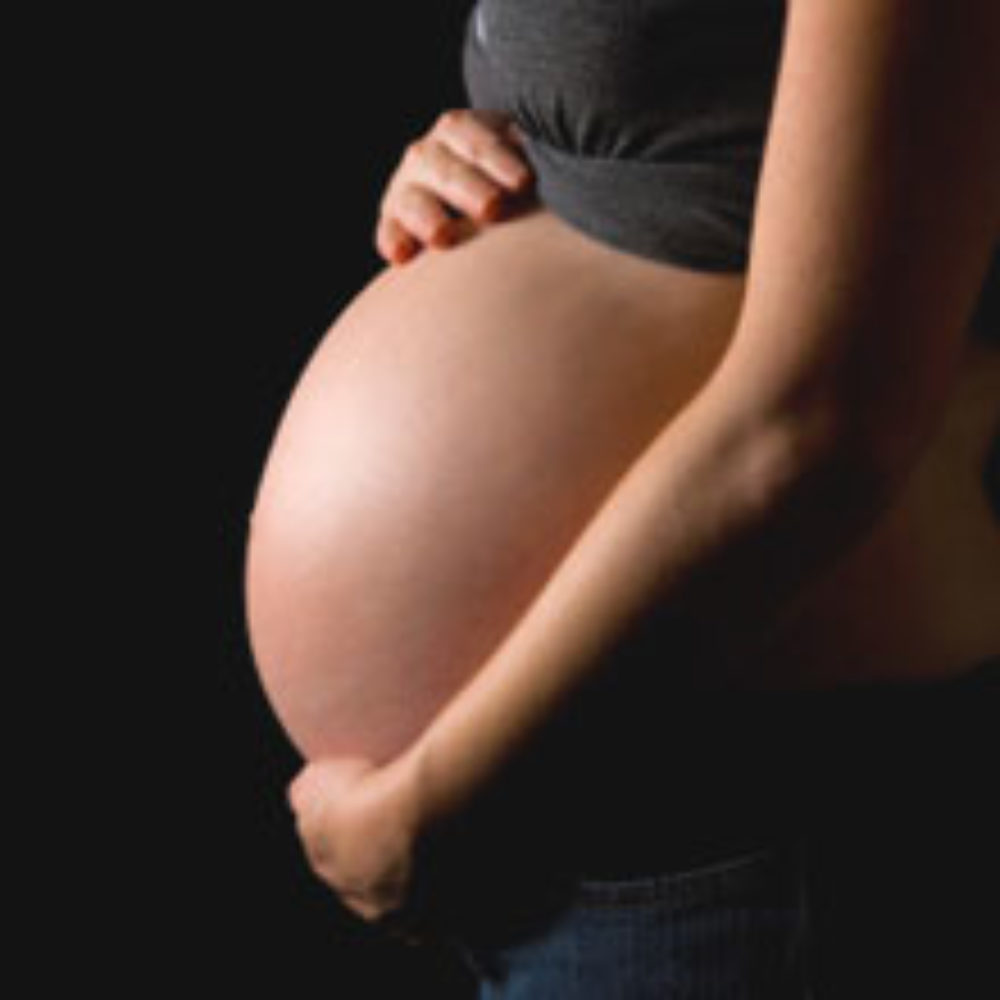Birth Defect Rates Increasing Among Twins, Triplets: Study

A new study suggests that birth defects are more likely to occur in cases of multiple births, such as with twins and triplets, than in single births; a problem researchers fear may linked to the use of fertility treatments.
The rate of birth defects nearly doubled among women who had more than one child at the same time, according to a study published last week in the BJOG: An International Journal of Obstetrics and Gynecology, which looked for birth trends in 14 European countries from 1984 to 2007.
Researchers looked at data from 5.4 million births, finding that three percent of all births were multiple births, and that the rate of multiple births is increasing over time. This may be tied to the use of fertility drugs and treatments, which often result in multiple births.

Did You Know?
Millions of Philips CPAP Machines Recalled
Philips DreamStation, CPAP and BiPAP machines sold in recent years may pose a risk of cancer, lung damage and other injuries.
Learn MoreThe researchers found that 5.9 out of every 10,000 single child births resulted in congenital birth defects. However, in multiple births the rate jumped to 10.7 for every 10,000 births. In 11.4% of the cases involving birth defects with twins, both babies suffered the congenital anomalies.
Prior research has found that from 1986 to 2002, there was a 35% increased risk of birth defects among babies born to women who underwent in vitro fertilization (IVF) treatment, a 72% increased risk with ICSI and a 300% risk of Clomid birth defects.
Determining the true cause of birth defects in children conceived through assisted means is often difficult. For years, researchers have been trying to determine whether side effects of Clomid may increase the risk of birth defects, particularly neural tube defects (NTDs).
The FDA has received hundreds of post-marketing reports of birth defects after Clomid use since it was first approved in 1972. Some studies suggest the drug may as much as tripled the risk of birth defects when compared to women who conceived normally. However a number of other studies have found weaker or no associations.
Get more articles like this sent directly to your inbox.
"*" indicates required fields




0 Comments